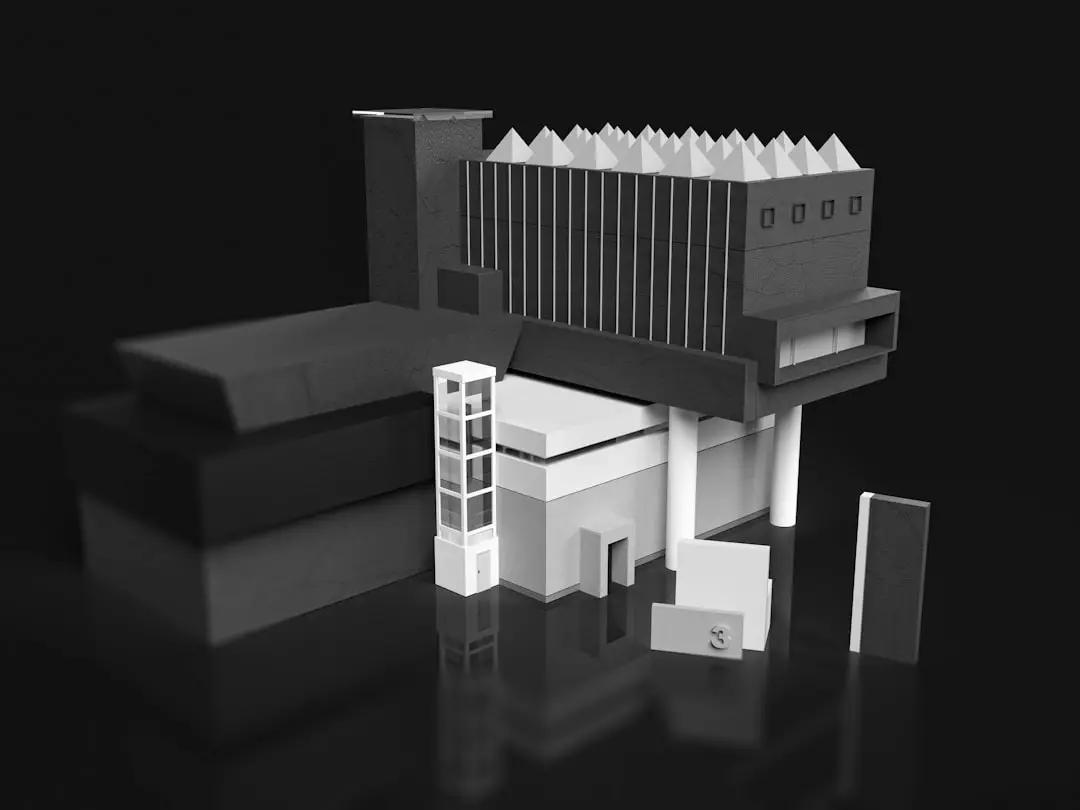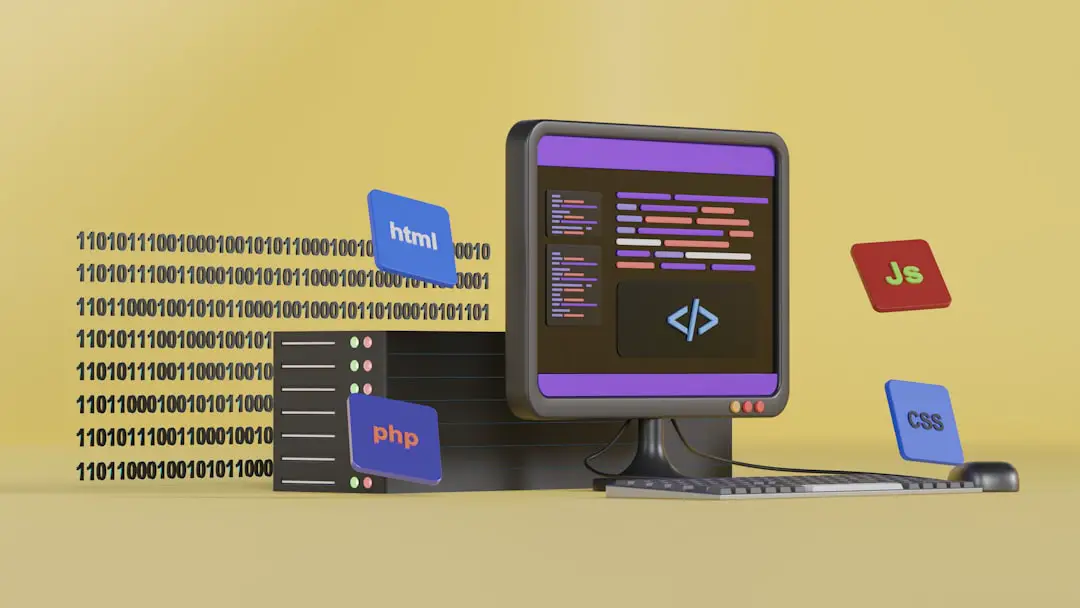Imagine waking up one day and your favorite website looks… the same. Everything works just fine. But behind the scenes, something big has changed. The website moved from a huge monolith to a shiny new micro-frontend system. Magic? Nope. Just smart planning, simple tricks, and a pinch of frontend fairy dust.
This is the story of how teams break down big applications without causing panic for users. Let’s slow it down and explain what this all means.
What is a Monolith?
A monolith is one big application. All the code lives in the same place. Imagine a super long spaghetti noodle. Everything is tangled. It works, but making changes is tough.
If one developer breaks something, the whole website might crash. Launching a small feature could mean touching several parts of the code. That’s risky. It’s also slow.
Enter Micro-Frontends
So, developers came up with a better idea. Break that giant spaghetti noodle into smaller ones. Each one can stand on its own. These are called micro-frontends.
A micro-frontend is a piece of the UI (user interface) that works like an independent app. It could be the header, a search box, your shopping cart, or a user profile.
Put them together, and the user still sees one smooth website. Just like before. But behind the scenes — it’s totally different.

Why Make the Change?
Switching to micro-frontends has lots of perks:
- Faster updates: Teams can deploy parts of the app without touching the whole thing.
- Independent teams: Each team can own a slice of the UI. No stepping on each other’s toes.
- Better scaling: Need more power? Just scale the parts that need it.
- Less risk: Bugs in one area don’t crash the entire site.
Cool, right? But here’s the catch — how do you make the move without users noticing your construction work?
Moving Quietly, Like Ninjas
You don’t want users to see broken buttons or half-loaded pages. So teams need a strategy. Here’s how to sneak in the changes:
1. Start with a Module Everyone Uses
Pick one piece of the app. Something visible, but not too risky. Like a notifications panel or the footer. Turn that into a micro-frontend first.
Make sure it looks exactly like it did before. The only change is hidden. It’s no longer part of the monolith.
2. Use View Composition
This means stitching different pieces of the UI together on the screen. The user sees one page, but it’s made of many parts behind the curtain.
Several tools can help with this:
- Module Federation (Webpack 5): Load tiny apps on the fly.
- Single SPA: Combine multiple frameworks into one UI experience.
- Web Components: Browser-based standard for modern UI blocks.

3. Match Styles and Behaviors
Nothing should look out of place. Use the same styles, same font, same hover effect. Copy the exact behavior of each section until the transition is done.
This is like switching violinists mid-orchestra. No one should hear the difference.
4. Add Feature Flags
Feature flags let you show one version to some users and another to the rest. You can do a slow rollout.
Maybe 5% of users get the micro-frontend version. If things break, roll back. Fast and safe.
5. Monitor Everything
Watch error logs. Track performance. If the new setup causes problems, you’ll see the signs early.
Tools like Datadog, New Relic, or Sentry work great for this.
Gotchas to Watch For
It’s not all sunshine and rainbows. Micro-frontends come with their own drama.
- Too Many Requests: Each micro app might load its own dependencies.
- Shared State: Different parts need to talk to each other but remain independent. That balance is tricky!
- Cross-Team Confusion: Clear boundaries and ownership are key.
Take your time. Plan it out. Good architecture prevents chaos later.
Real-Life Example: The Shopping Cart
Let’s say you’re working on an online store. Your first step? Turn the shopping cart page into a micro-frontend.
Start small:
- Copy the exact layout from the monolith.
- Rebuild the same logic into a new mini-app.
- Use a feature flag to send 10% of traffic there.
- Compare performance and error logs.
Once the results are good, increase user traffic slowly. Eventually, 100% of users see the new micro-frontend without even knowing.

Tips for Success
Here are some bite-sized tips to keep your project smooth:
- Keep things consistent: Design, interactions, and performance should stay the same throughout.
- Use shared libraries: Don’t duplicate code across micro-apps.
- Document boundaries: Know where one micro-frontend ends and another begins.
- Communicate often: Keep all teams aligned and updated.
The End Result
When all is said and done, your website will look no different to your users. But your developers will be dancing. Faster deployments, better testing, and way less pain when updating features.
And you? You can sit back knowing your app now has a modern, flexible backbone — without ever giving users a clue.
Final Thoughts
Going from monolith to micro-frontend is like swapping plane engines mid-flight. Delicate, precise, and a little scary.
But with the right tools and techniques, your users won’t even notice. They’ll just keep clicking, scrolling, and smiling. And really, that’s the dream.
